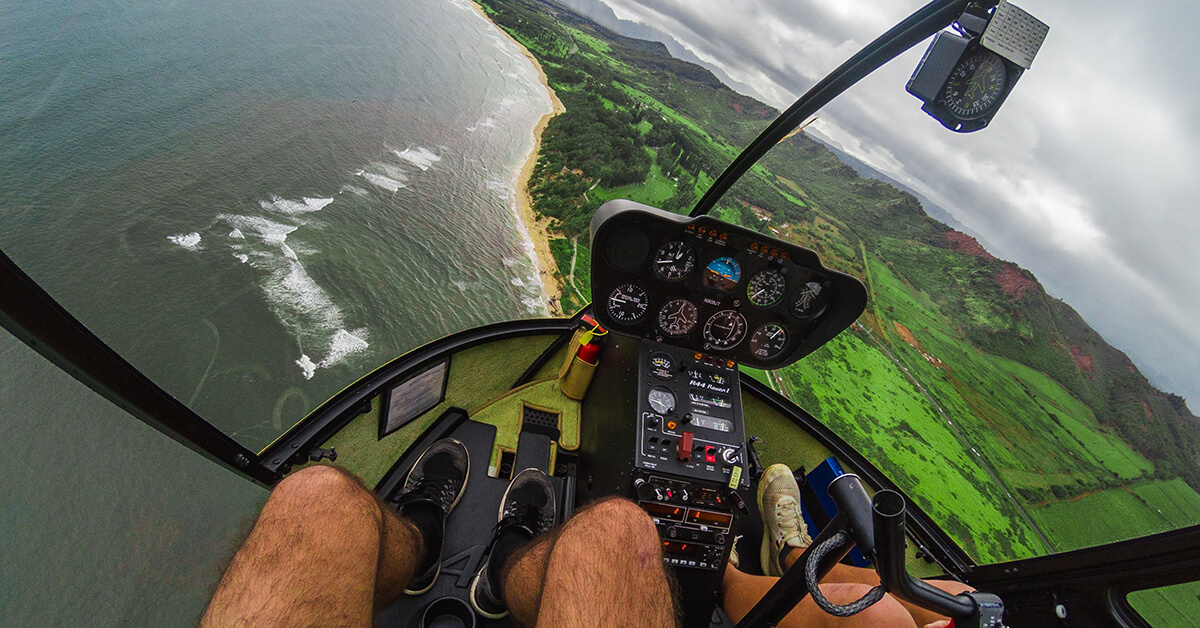
March 26, 2021
The NTSB recently suggested there has been insufficient oversight by the FAA of certain revenue-generating, passenger-carrying operations conducted Part 91 operations. Challenges for these operators, including pilot training, decision making and maintenance
The comments came as the board examined eight investigations, which resulted in 45 fatalities and injuries to another 12 passengers over a multi-year period.
The accidents occurred during sightseeing flights in airplanes, balloons and gliders; parachute-jumping flights; living history experience flights; photography flights under the aerial-work exception and air combat/extreme aerobatic experience flights conducted under the premise of the student instruction exception. These are the types of revenue, passenger-carrying operations that concern the board.
The less stringent regulatory requirements for these operations, which may otherwise be expected by passengers to adhere to the same regulations as airlines and charter operators, is at the heart of the board’s concern.
“History has unfortunately shown us that for some operators in this category, more standards could have played a role in preventing accidents,” said Doug Carr, NBAA vice president, regulatory and international affairs. “Passengers frequently assume that paying for an aviation activity brings with it the same level of FAA oversight as paying for an airline ticket. We need another look at what makes sense for these operations.”
The board said it is not concerned with pilots flying their own aircraft with or without guests. Nor is it concerned with legitimate instruction through a flight school or independent certified flight instructor, Nor is it concerned with passengers who are integral to the operation of the aircraft for aerial work operations.
The board noted that other commercial aviation activity has a host of safety-related requirements not found in these operations, including pilot experience and training, operational control authority and responsibilities for the flight, approved aircraft maintenance programs, duty and rest limitations, and formal drug and alcohol testing programs.
The NTSB also recognized that the requirements contained in Part 135 may not be practical or feasible for all of these Part 91 revenue operations because of the diverse missions and different aircraft that may be flown.
The board discussed the implementation by the New Zealand Civil Aviation Authority of an “Adventure Aviation” category, ultimately requiring procedures to ensure compliance with safety standards, appropriately trained pilots and properly maintained aircraft.
“Our industry strives to be safe not only in fact, but also perception,” added Carr. “Scalable safety management systems have been shown to be a valuable safety tool across the aviation spectrum.”
The final NTSB report is expected to be released in the next few weeks.
Related NTSB Recommendations
- NTSB Safety Recommendation A-17-045
- NTSB Safety Recommendation A-19-028
- NTSB Safety Recommendation A-19-030
- NTSB Safety Recommendation A-19-031
Related NTSB Accident Investigations
- July 30, 2016 – Hot Air Balloon Sightseeing Flight Accident Number DCA16MA204, Lockhart, TX (PDF)
- Oct. 21, 2017 – Airplane Air Combat / Extreme Aerobatic Experience Flight Accident Number WPR18FA013, Four Corners, CA (PDF)
- March 11, 2018 – Helicopter Photography Flight Accident Number ERA18MA099, New York City, NY (PDF)
- Aug. 29, 2018 – Glider Sightseeing Flight Accident Number ERA18FA238, Morrisville, VT (PDF)
- June 20, 2019 – Airplane Sport Parachute Flight Accident Number WPR19MA177, Mokuleia, HI
- Oct 2, 2019 – Airplane Living History Flight Experience Accident Number ERA20MA001, Windsor Locks, Connecticut


 International Business Aviation Council Ltd.
International Business Aviation Council Ltd.